Methi Kadhi is a staple in home during winters as we love fenugreek leaves. This dish is super simple to make and just the perfect accompaniment for jeera rice or plain steamed rice. It is also a low calorie yet nutritious dish that can be easily adapted to a renal diet by replacing the besan in it with rice flour.
Methi or fresh fenugreek leaves are available in abundance in winter. In fact, there are so omnipresent that I sometimes have to avoid them for the fear of having my family rebel against eating more of it. 🙂
Variations of Methi Kadhi
While I have made one of the simplest versions of Methi Kadhi—mine is a no onion, no garlic, no ginger recipe—,you can make variations of it by adding:
- Sliced onions
- Green chilli-ginger paste
- Ginger-garlic paste
- Sliced green chilli
- and combinations of the above the suit your palate
You can make Methi Kadhi indulgent by adding methi pakodas or plain pakodas to it. 🙂 Any and all versions of it are just as appealing and indulgent.
I added a tadka of cumin seeds with just a pinch of red chilli powder and turmeric powder. This tadka adds a nice touch of colour and adds to the visual appeal of this dish.
Making a Kidney-friendly Methi Kadhi for a Renal Diet
Please note I am not a doctor or a trained nutritionist. I have tried these variations at home for a family member and they have worked for us. Do run these recipes by your renal dietician before using them.
Methi is perhaps the only green that people with kidney disease can eat relatively freely. While the traditional recipe of Methi Kadhi uses besan which is high in potassium, change the recipe as given below to make it suitable for a kidney diet or renal diet.
- Replace the 1.5 tbsp besan with 1 tbsp rice flour or 1/2 tbsp arrowroot powder. Arrowroot makes the kadhi a bit sticky and so I prefer rice flour.
- You can also soak 1 tbsp rice and then grind it with water and 1 red or green chilli to a sooth paste. Use this as the thickening agent.
- For masalas, I use pure amchur powder as a substitute for salt, red chilli powder, coriander powder, and turmeric.
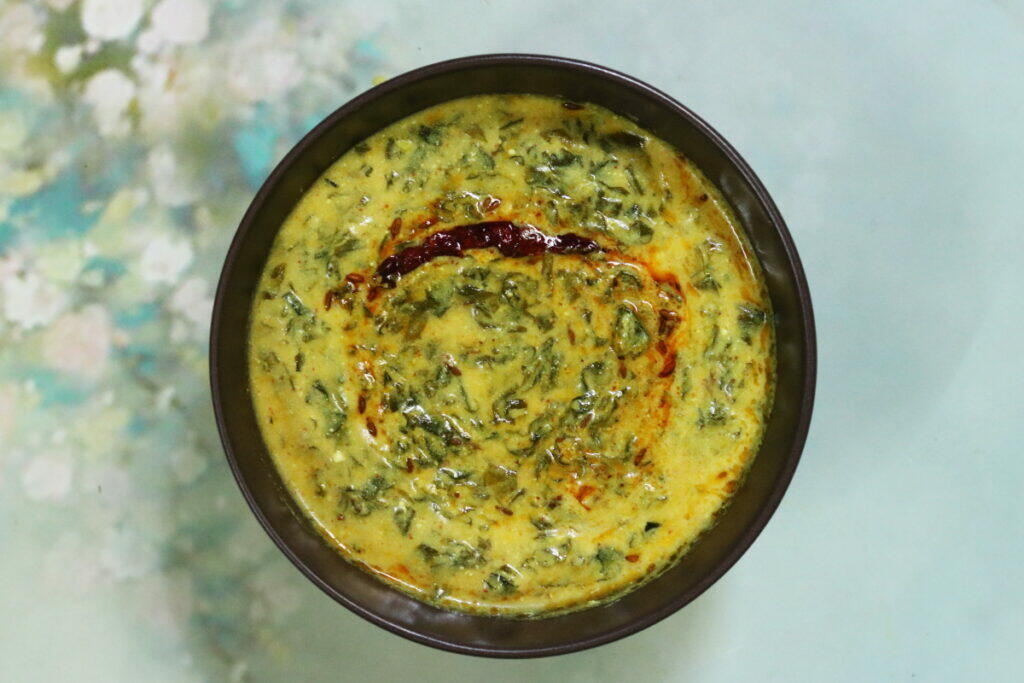
Other Recipes with Methi or Fresh Fenugreek Leaves
- Andhra Methi Chutney | Menthi Kura Pachadi | Fenugreek Leaves Chutney
- Tomato Methi Rice | Methi Tamatar Pulav
- Methi Paneer Bhurji (Also a Low Potassium, Renal Diet Recipe)
How to Make Methi Kadhi
- Getting the Dahi Ready
- Beat 3/4 Cup of dahi well till it has no lumps.

- Add 1 tsp coriander powder, 1/2 tsp red chilli powder, and1/4 tsp turmeric, and mix well. The mix may look more red than yellow at this point. The colour of the turmeric will infuse the Methi Kadhi once we start boiling the mix.

- Next, add 1.5 tbsp of besan and some salt.
- Mix well till there are no lumps.
- Now, add 3/4 cup water and mix well.

- Beat 3/4 Cup of dahi well till it has no lumps.
- Cooking the Methi
- Wash 3/4 cup methi leaves well and then leave in the colander to drain.
- Chop the leaves to fine pieces.
- In a heavy-bottomed vessel, heat 1 tsp oil.
- Add 1/2 tsp cumin seeds and stir-fry till they start to change colour.

- Now add the chopped methi leaves and stir-fry till they wilt a bit.

- Next, add 3/4 cup water and cook covered till the methi leaves are fully cooked and soft.

- Lower the heat and the dahi mix to the methi.
- Mix well and add some water, if needed.

- Over low to medium heat, simmer the kadhi till it thickens a bit.

- Adding Tempering to the Methi Kadhi
- In a tempering ladle, heat 1/2 tsp oil.
- Add 1/2 tsp cumin seeds and stir-fry till they start to change colour.
- Add 1 split dry red chilli and stir-fry for a few seconds.
- {Optional} Add a healthy pinch of turmeric and chilli powder to the oil, and mix well. This gives the tempering a nice colour and strictly for decorative purposes.

- Add the tempering to Methi Kadhi.

- Serve the Methi Kadhi with some steam rice and papad, or then Jeera Rice.
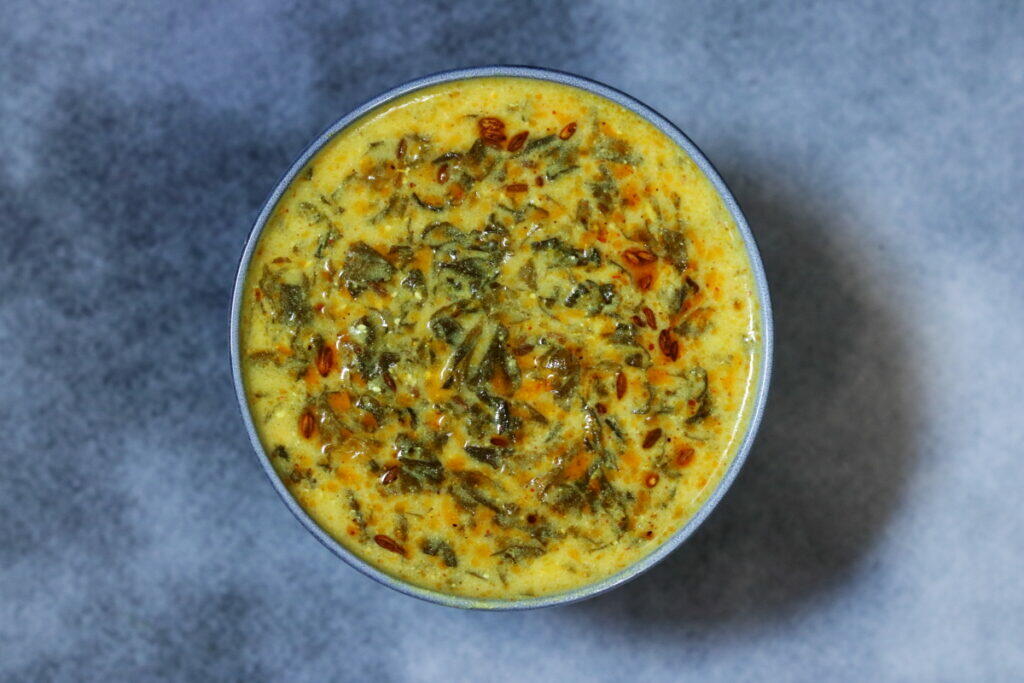
Recipe for Methi Kadhi: A No Onion, No Garlic, Gluten-free Recipe
Methi Kadhi: No Onion, No Garlic Version (With Tips for a Kidney Safe Version)
Equipment
- 1 A heavy-bottomed vesel (1 litre capacity)
- 1 Bowl – 1/2 Litre Capacity
- 1 Ladle
- 1 Tempering ladle or small kadhai/wok
- Knife
- Chopping Board
Ingredients
- 3/4 Cup Methi Leaves, Fresh Fenugreek Leaves
- 3/4 Cup Water
- 1/2 tsp Oil
- 1/2 tsp Cumin Seeds
- 3/4 Cup Dahi
- 3/4 Cup Water
- 1 tsp Coriander Powder
- 1/2 tsp Red Chilli Powder
- 1/3 tsp Turmeric
- 1.5 tbsp Besan (Use Rice Flour for a low-potassium, renal diet)
- 1/2 tsp Oil
- 1/2 tsp Cumin Seeds
- 1 Red Chilli
- 1 Pinch Turmeric (Optional)
- 2 Pinches Red Chilli Powder (Optional)
Instructions
- Beat 3/4 Cup of dahi well till it has no lumps.
- Add 1 tsp coriander powder, 1/2 tsp red chilli powder, and1/4 tsp turmeric, and mix well. The mix may look more red than yellow at this point. The colour of the turmeric will infuse the Methi Kadhi once we start boiling the mix.
- Next, add 1.5 tbsp of besan and some salt.
- Mix well till there are no lumps.
- Now, add 3/4 cup water and mix well.
- Wash 3/4 cup methi leaves well and then leave in the colander to drain.
- Chop the leaves to fine pieces.
- In a heavy-bottomed vessel, heat 1 tsp oil.
- Add 1/2 tsp cumin seeds and stir-fry till they start to change colour.
- Now add the chopped methi leaves and stir-fry till they wilt a bit.
- Next, add 3/4 cup water and cook covered till the methi leaves are fully cooked and soft.
- Lower the heat and the dahi mix to the methi.
- Mix well and add some water, if needed.
- Over low to medium heat, simmer the kadhi till it thickens a bit.
- In a tempering ladle, heat 1/2 tsp oil.
- Add 1/2 tsp cumin seeds and stir-fry till they start to change colour.
- {Optional} Add a healthy pinch of turmeric and chilli powder to the oil, and mix well. This gives the tempering a nice colour and strictly for decorative purposes.
- Add the tempering to Methi Kadhi.
- Serve the Methi Kadhi with some steam rice and papad, or then Jeera Rice.
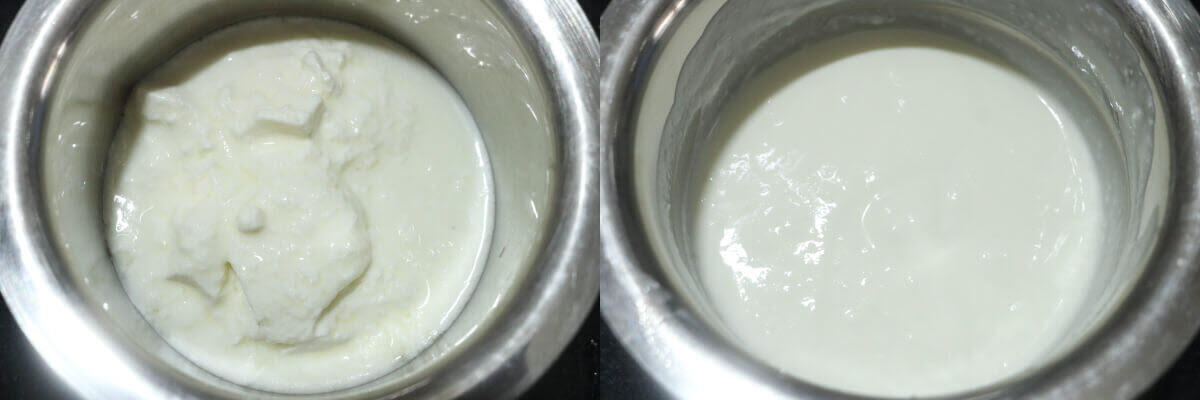
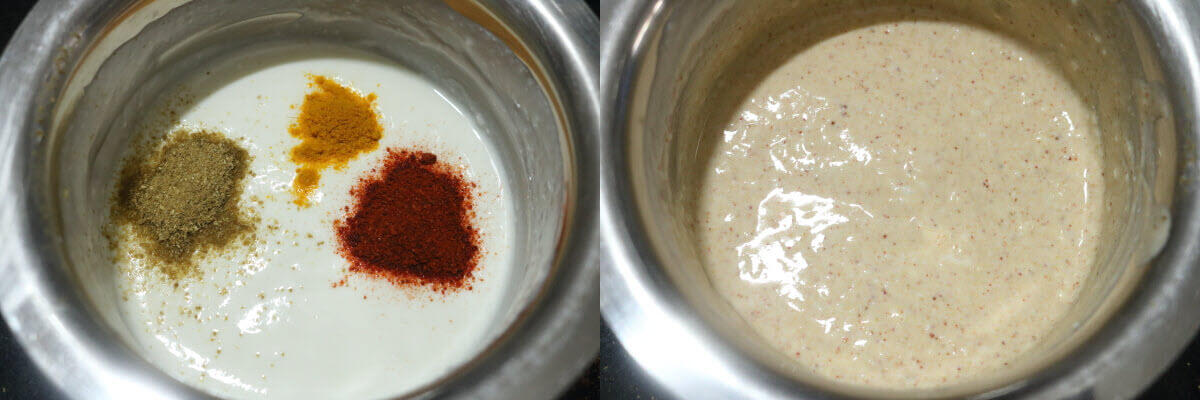
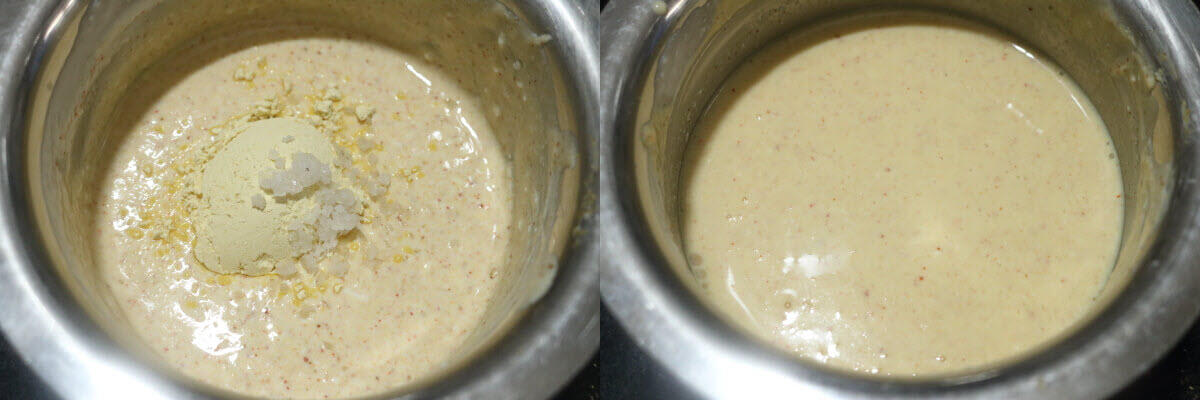
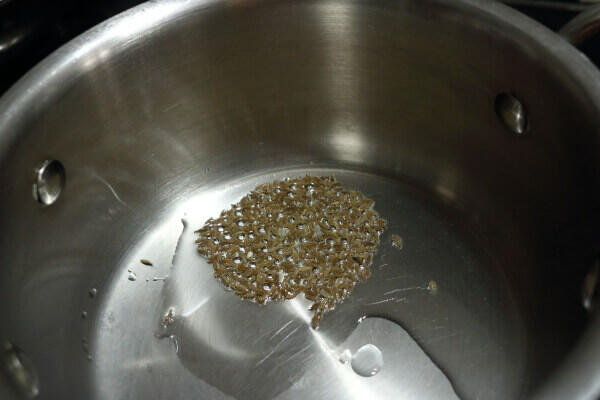
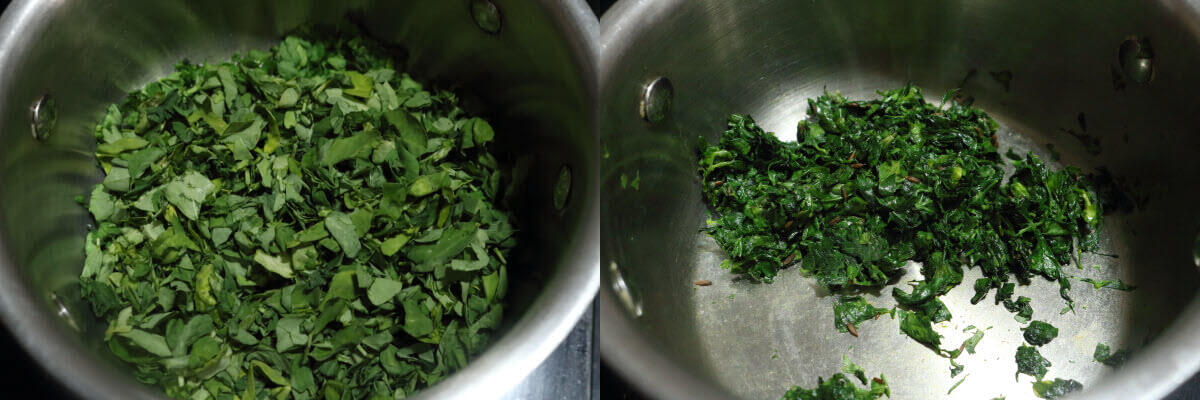
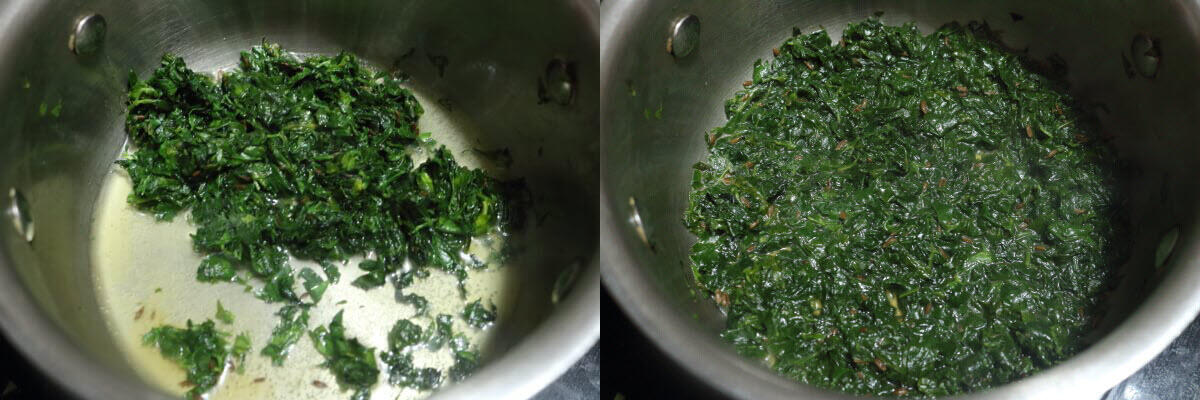
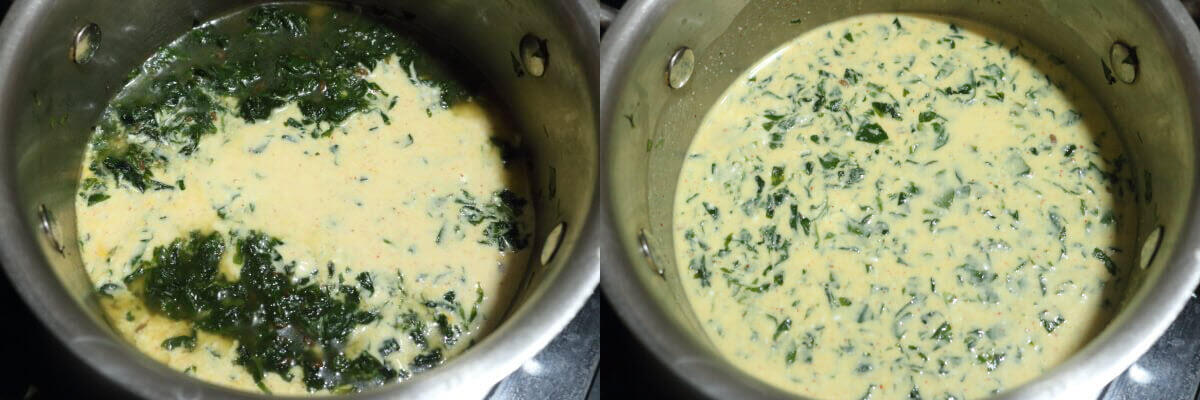

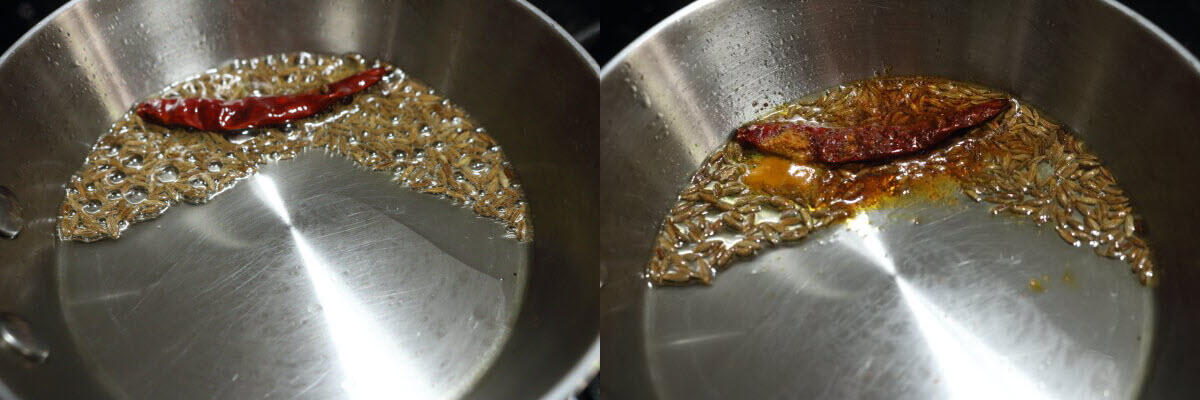
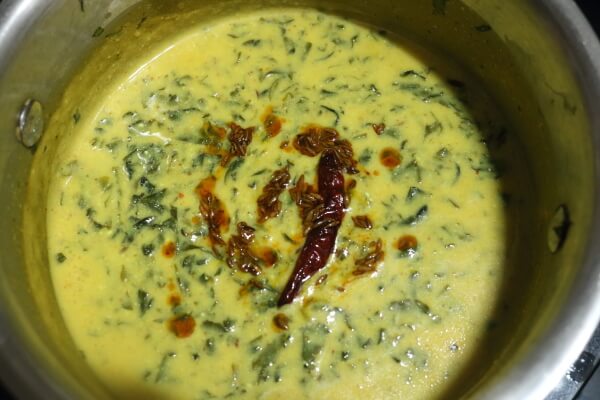


It is rightly said that this vegetable is mostly made in winter and the recipe for this vegetable is also easy, and you can make it in any season, and the taste is also better.
did the entire process but the curd broke and the water separated, any idea as to what went wrong or what to change (did it with rice flour instead of besan)?
Hello,
The quantity of rice flour may have been less. Trying using more rice flour or then with besan.
Aruna
It was delicious. I have ckd and this recipe was v useful to me. Instead of rice flour which u didn’t have I used wheat flour. It came out just as good as one made with basin. Thanks for the recipe
Thank you for the feedback. I am glad you liked the recipe. 🙂